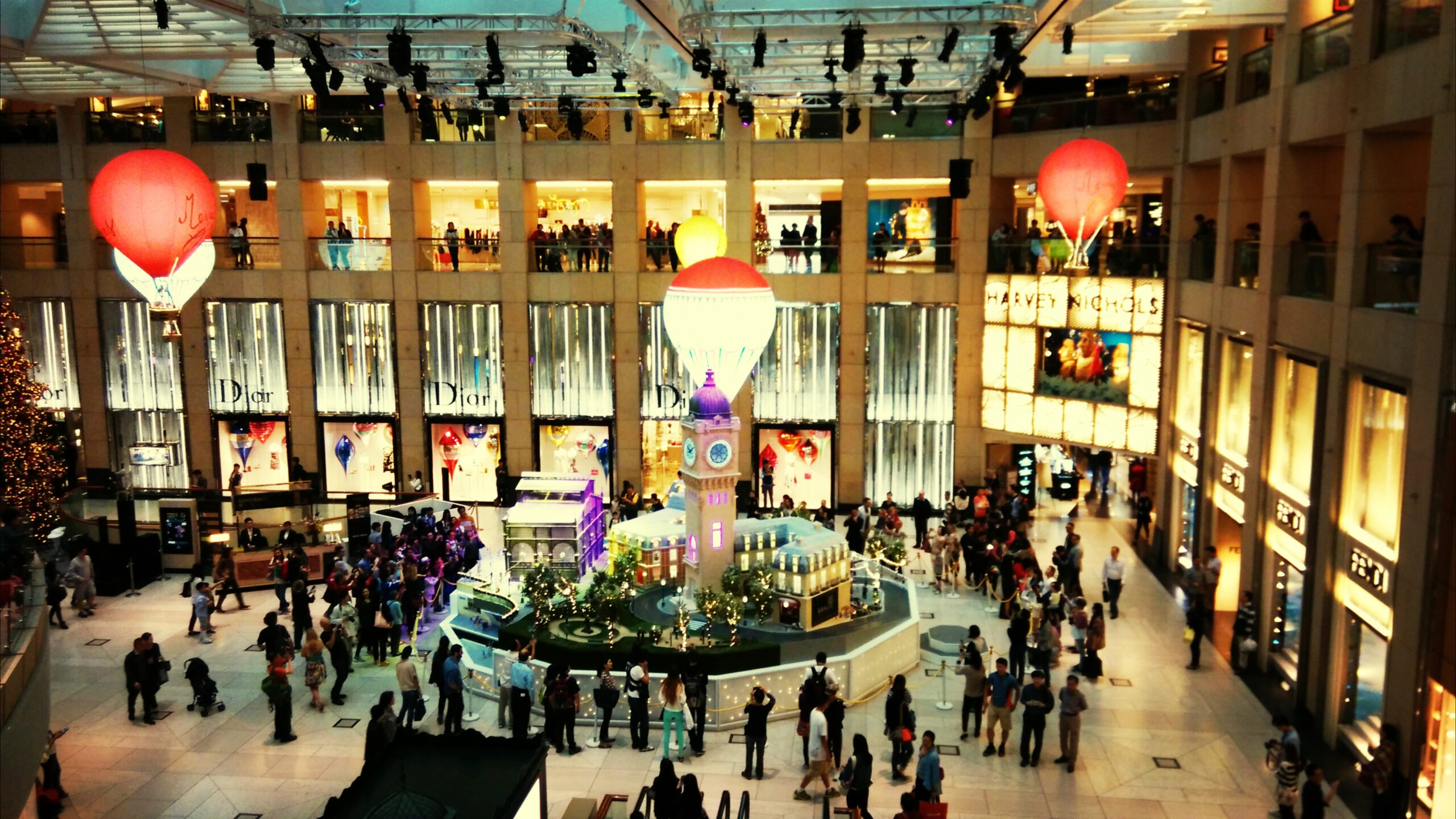Boost Foot Traffic and Sales with Entertainment Zones in Shopping Centres
Picture this: nearly three-quarters of shoppers say that entertainment options influence where they shop. As online retail surges and consumer habits evolve, traditional shopping centres are facing unprecedented challenges. Empty corridors and declining foot traffic threaten the conventional retail model, raising a crucial question: how can malls stay relevant in a digital-first world? This article explores how adding entertainment zones is not just a trend but a transformative strategy for revitalizing shopping centres, creating vibrant, community-oriented destinations that drive foot traffic and sales.

Why Entertainment Zones Matter
So, what exactly are entertainment zones? These are dedicated spaces within centres featuring play areas, arcades, interactive zones, and experiential attractions like escape rooms or mini-golf. Once considered afterthoughts, these zones have become central elements in mall design and redevelopment. Their appeal is strongest among families, especially parents and caregivers, who seek child-friendly environments where shopping trips become enjoyable outings. Entertainment zones go beyond recreation—they forge emotional bonds between visitors and the centre, building loyalty and transforming routine tasks into memorable experiences.
Real-World Success Stories
Consider the Lilliput FunZone at Centreplace Mall in Hamilton, New Zealand. This innovative venue blends a 24-player Helios 2 Laser Tag System, an arcade, mini-golf, and escape rooms under one roof. The result? A surge in visitors and a lively atmosphere throughout the centre. Internationally, similar approaches are taking hold—from themed adventure zones in Singapore’s malls to digital playgrounds in Scandinavian shopping centres. Formats like laser tag and mini-golf attract diverse age groups, while redemption arcades and immersive escape rooms provide variety and replay value. What makes these experiences irresistible to families? It is the blend of play, challenge, and shared enjoyment that turns an ordinary shopping trip into a special occasion.
The Measurable Impact: Customer Experience, Dwell Time, and Sales
Recent studies underscore the tangible benefits entertainment zones bring to shopping centres:
- 74% of shoppers report that entertainment facilities shape their choice of centre.
- 90% consider having spaces for children or areas to unwind essential.
- Over 60% view play areas as a mark of family orientation and community value.
- More than 60% of shoppers visit entertainment-equipped centres at least weekly.
- 45% use these facilities every time they shop.
Dwell time—the total period a visitor spends in the centre—is a key metric. Longer dwell times are closely linked with increased spending in adjacent stores and dining outlets. Research shows that 82% of shoppers who use entertainment areas also make extra purchases, such as food and drinks. Remarkably, many families are willing to travel for up to an hour past their local centre to enjoy these amenities, highlighting their strong appeal.
To increase dwell time in a shopping and entertainment center, you can also organize relaxation areas where visitors can simply sit down. For example, you can put benches, tables, and phone charging stations. Some people like to sit in such places and place a couple of bets on gambling games. To do this, they most often choose games with simple rules but exciting gameplay. These are usually arcade games like Plinko. Almost anyone can easily find and play Plinko on online casino sites. And after relaxing, they can continue shopping in the boutiques of the shopping and entertainment center.
Strategic Placement and Design
Where and how entertainment zones are integrated within a mall has a major impact on their effectiveness. Locating these facilities near food courts, cafés, or children’s retailers can optimize foot traffic and keep families engaged longer. For parents, sitting at a café while watching their children play adds comfort and convenience to the experience. Combining cafés or bars with play areas also attracts adult visitors and livens up evening trade.
Design considerations extend to safety, visibility, and accessibility—ensuring children are secure while play areas remain easily supervised. Integration with relaxation spaces, such as comfortable seating or quiet corners, rounds out the appeal. From a business perspective, operators must weigh the costs of installation and maintenance against the potential return in increased sales and guest satisfaction. Finding the right balance between space, investment, and daily operations is crucial for lasting success.
Competing in the Era of Online Retail
The exponential growth of online shopping has fundamentally altered customer expectations. Convenience and choice are only a click away. Yet, digital platforms cannot replicate in-person excitement, spontaneous play, or the atmosphere of a lively community space. Entertainment facilities provide the “experience advantage” that online retail lacks. They transform shopping centres from practical stops into destinations that families plan their visits around. In a digital world, what motivates people to spend their time shopping in person rather than clicking “add to cart” from home?
